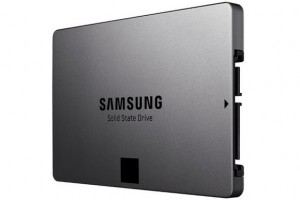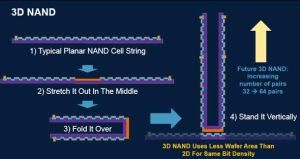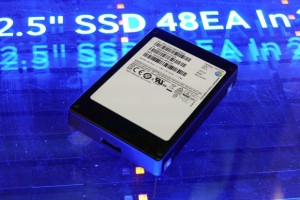





The coolest part of this, is whether or not you ever need 16TB of space in your home, in a few years you could have it if you wanted it, and it wouldn't cost nearly as much as it does right now (Samsung's 4TB 2.5-inch SSD runs for about $6,000). Practical uses for flash storage, like company databases and IoT home solutions, could be the future. This is especially true since Samsung isn't alone in this approach. Other companies have already hopped on the NAND train (Intel and Micron), but Samsung is first to show off something in 16TB. We've always known that competition tends to drive prices down. But did we ever expect HDDs to be kicked out of the picture so soon?

 Laptop & Tablet Parts
Laptop & Tablet Parts




















